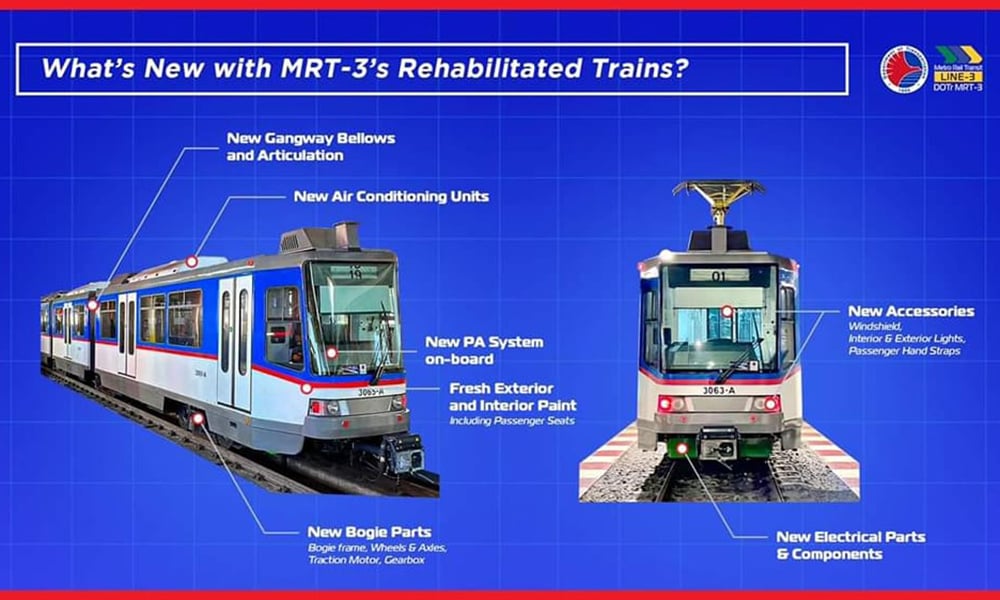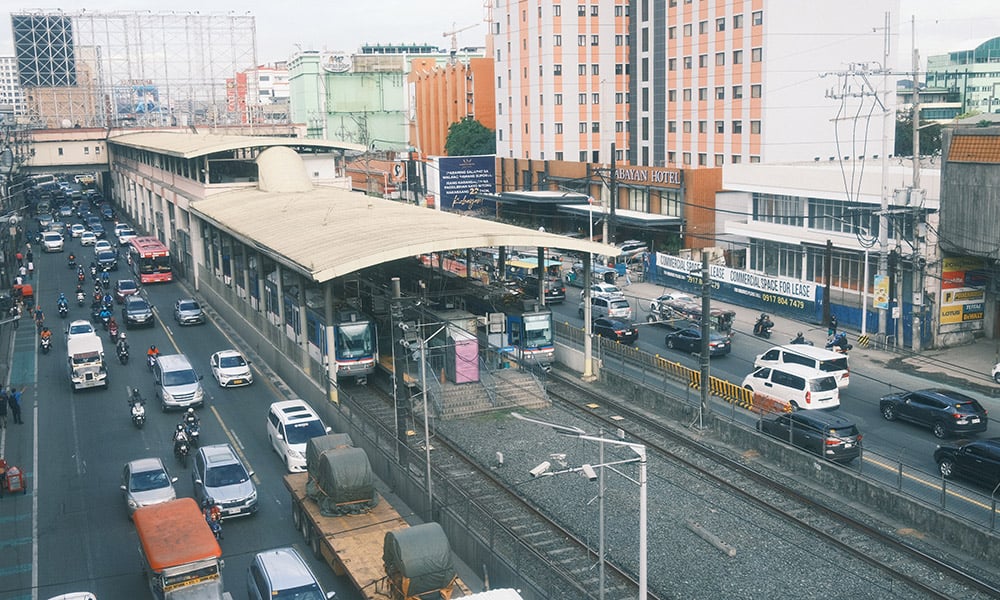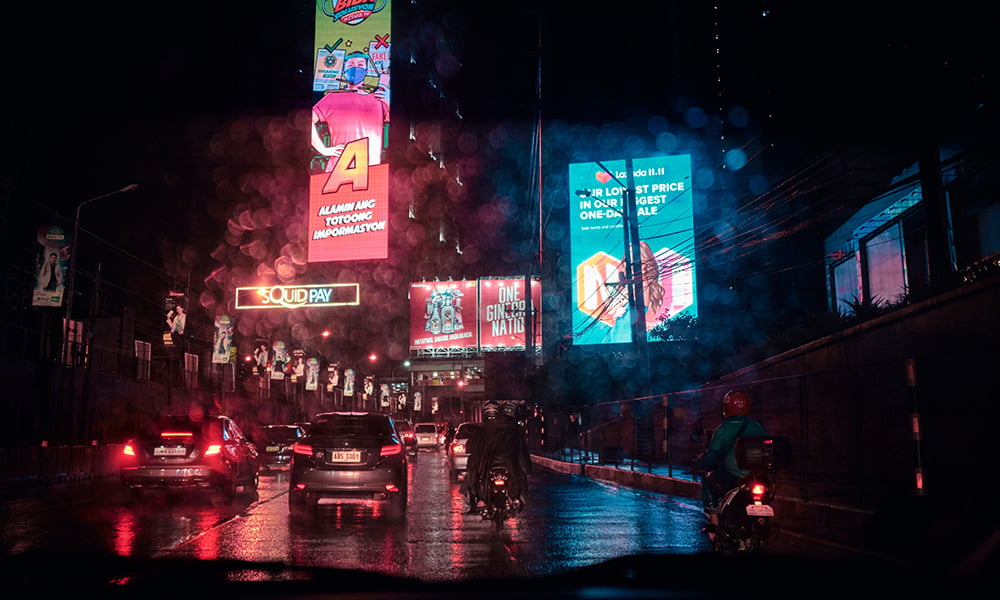
As a huge boon for all commuters who ply the nation’s busiest thoroughfare, all train cars of the Metro Rail Transit Line 3 (MRT-3) have been successfully overhauled. These train cars were accepted for service on February 2. This is very welcome news to a nation still plagued with public transportation issues, further hobbled by massive traffic jams and a shortage of safe, reliable, and affordable public-utility vehicles that operate consistently and reliably.
This project has ensured that the parts and components of the 72 train cars were either overhauled or replaced to restore the fleet to its optimum condition. It was a long time coming for the MRT-3 as decades of neglect coupled with constant issues between the national government and the private consortium presented many stumbling blocks that ultimately burdened end users. At its lowest, various trains were cannibalized for parts which ultimately decreased the number of operable trains down to as low as 20 trains, according to insiders familiar with the situation.

Today, all that is a distant past as all 72 train cars have finally been properly disassembled, inspected for wear and tear, repaired, and fitted with modern components giving them a new lease on life. The newly overhauled train cars all passed the required quality and safety checks prior to deployment for regular use.
There are brand-new air-conditioning units and new gangway bellows and articulation mechanisms, plus a new public address system onboard for the benefit and convenience of the riding public (particularly as trains announce their approach to and departure from each of the 13 stations).
More rolling stock upgrades consist of new bogie parts including bogie frames, wheels and axles; traction motors; and gearboxes fitted by the Sumitomo-led maintenance consortium as part of the refurbishment. Lastly, new electrical parts and accessories including windshield, interior and exterior lights, and passenger hand-straps were also fitted. On the exterior and interior surfaces (including the passenger seats), new paint was applied to spruce up the trains, which first operated on December 15, 1999—almost a quarter of a century ago.

As a backstory, in 2014, two years after the Japanese Sumitomo-MHI-TESP consortium’s maintenance contract expired, the Department of Transportation and Communications (now known as DOTr) decided to handle the maintenance of the MRT-3. Questions and allegations of fraud as well as general incompetence, along with lack of funding, saw the railway system degrade to its lowest point.
Experts from Hong Kong’s Mass Transit Railway Corporation (considered the best mass rail transit line and company in the world) were brought in and commissioned to review the system. MTRC’s review showed that the rail system was compromised due to the DOTC’s poor, inept, inefficient, and underfunded maintenance program that was well below the minimum required to keep a world-class line operating consistently, reliably, and safely.
In response to this, the line underwent a comprehensive rehabilitation program funded by Japan’s official development assistance from 2019 to 2021, which also fell under the Duterte Administration’s “Build, Build, Build” program. This resulted in upgraded facilities, railway tracks, trains, and other systems. The upgraded trains were the last to be attended to, and are finally finished.
Sumitomo-MHI-TESP was reinstated as maintenance provider, and the upgrades commenced. The Japanese maintenance consortium designed and built the EDSA-MRT-3 system, and had maintained it from the start of operations in 2000 until 2012, when their contract expired. The last time the train cars were successfully refurbished was in 2010, also by Sumitomo-MHI-TESP.
In December 2021, Sumitomo completed the massive rehabilitation of all the other subsystems of the rail line prior to the rehabilitation of the 72 cars.

In its current form, the MRT-3 (also known as the Yellow Line, previously classified as the Blue Line) can handle a maximum of 550,000 passengers for all 72 train cars operating from morning to evening along its 16.9km route. This route spans 13 stations and traverses EDSA—from the DOTr Common Station in Quezon City to the Taft Avenue Station in Pasay City.
Prior to all 72 train cars operating, the MRT-3’s ridership was almost half that, with only 273,141 average daily ridership in 2022. Let’s hope the operable trains increase this and help ease the burden for the Filipino commuting public.


0 Comments